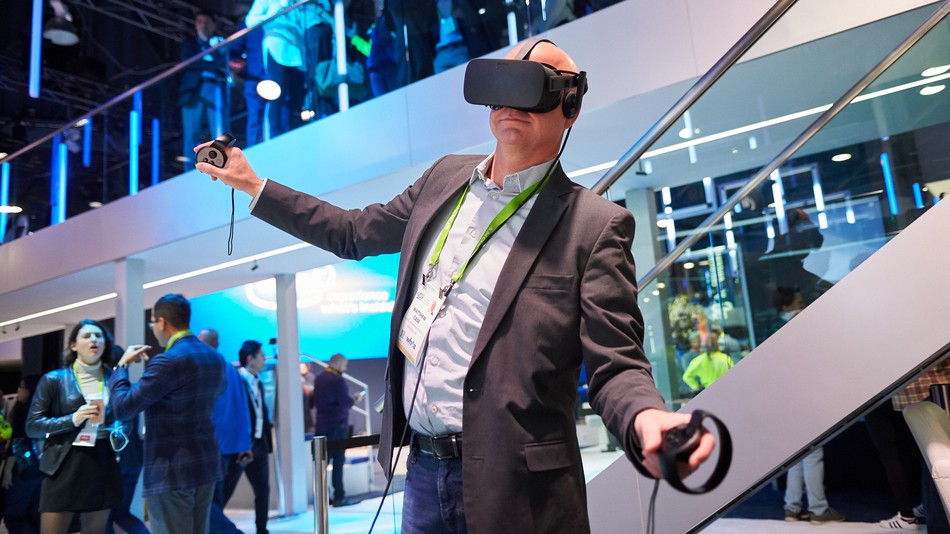
CES is the best place to get a sense of what’s hot and not in technology.
As gadget-packed as this year’s show was — we crowned our favorite tech from CES here — it also provided good insight on the tech trends that’ll influence our lives.
Which companies and product categories rose to the top and which ones flamed out? Here are the winners and losers of CES 2018.
After getting crushed by Amazon Alexa at CES 2017, Google fired back from all directions with what seemed like Google Assistant integration in every gadget imaginable at this year’s show. Everything from speakers, speakers with displays, TVs, and even Kia’s cars were injected with the Assistant’s intelligence. Alexa also had its fair share of new supported products, but CES 2018 made it very clear the battle of the voice assistants (and the smart home for that matter) has only just begun.
Not all robots are big and scary looking. In fact, the best robots we saw at the show were the complete opposite: small and adorable. Sony’s Aibo robot dog was the obvious showstopper, but there were plenty of assistive bots in all shapes and sizes — some with expressionistic faces or useless animatronic arms — that didn’t make us fear for our lives.
If there’s any major takeaway from CES 2018, it’s this: Self-driving technology will be central to all transportation, not just hot cars like the EMotion Tesla-killer or ride-sharing vehicles like future Lyfts. Like it or not, autonomous semi-trucks and passenger drones are coming, and we’ll soon have more time to do other more important stuff in the car like binge on the new season of Black Mirror.
Apple never attends CES in any official way, but it’s presence has always been felt through the ecosystem of third-party products for its iOS devices and Macs. Sure, CES had a bunch of wireless chargers, dongles, and more HomeKit-compatible smart home devices (finally), but overall, the majority of the products announced were for Amazon’s Alexa and Google’s Assistant platforms. This shift has at least one analyst concerned that Apple may be in trouble if its ecosystem isn’t as strong as it used to be.
Once again, phones were losers at CES. Aside from Huawei announcing its Mate 10 Pro — a phone that launched globally last year — for the U.S. and Sony unveiling a few midrange Android phones with dual selfie cameras, it was pretty quiet on the phone front. We wouldn’t say it’s a sign that phones are dead, though. Mobile World Congress is coming up and phone makers are most likely saving their best for then.
Remember when drones were the next big thing? Well, DJI, the leader in consumer and professional drones, has pretty much crushed any serious competition. GoPro said it’s bowing out of the drone market and discontinuing its Karma drone. It’s not that there weren’t any new drones at CES, but that none were particularly notable. The best drones have the best AI, and nobody’s drones come close to DJI’s.
With all the renewed hype in augmented reality because of Apple’s ARKit, we were expecting to see a boom in devices such as AR glasses, phone attachments, etc. But TBH, like phones, these were mostly a no-show, which could mean a number of things. Either it’s still too early in the AR renaissance or companies are hesitant to invest in the technology after getting burned by Google Glass.
Hands-down, the power outage on the second official day of CES was the tech show’s biggest fail. A busted transformer left thousands of attendees and exhibitors at the Las Vegas Convention Center’s massive Central Hall in the dark for hours, according to the show’s organizers, the Consumer Technology Association. Anyone getting a refund?
Avots: Mashable